Nearly 30 years ago, reports of a 52% interfaith household rate had some US Jewish leaders denouncing ‘assimilation’ as silently completing Hitler’s work
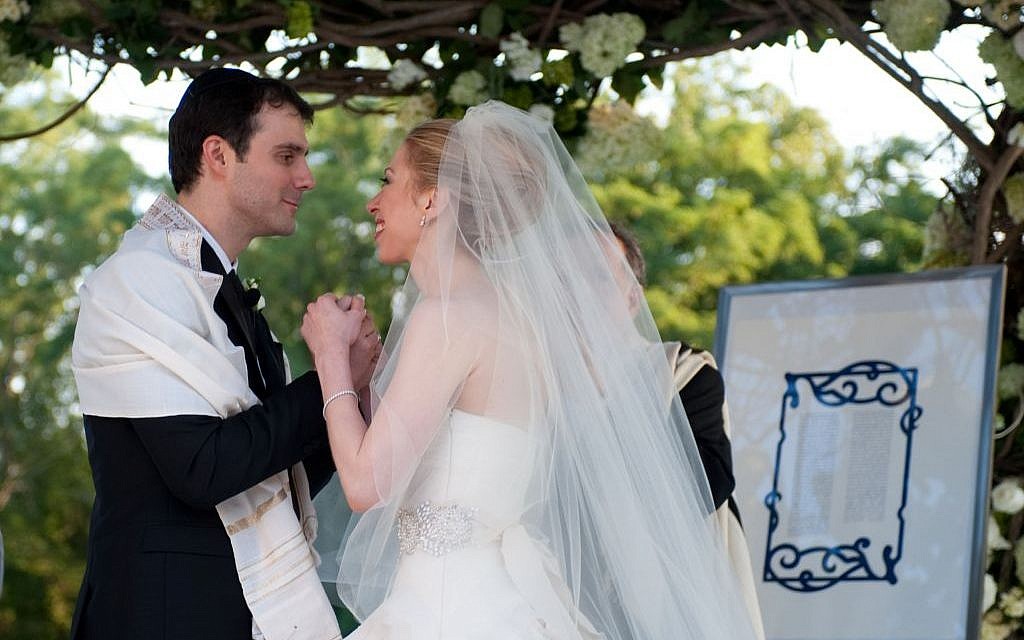
In recent years, several Israeli leaders have opined that a “second Holocaust” is taking place in America through assimilation. However, the notion of a “silent” or “second Holocaust” taking place in the US was not born in Israel, but the Goldene Medina itself.
Three decades ago, a kerfuffle took place after the release of statistics from the National Jewish Population Survey. For many years, Jewish leaders had called for a scientific survey to help address the challenges of assimilation and intermarriage. The 1990 NJPS was conducted by the Council of Federations — now called JFNA — and included a sample set of 5,000 Jewish households.
Although the researchers were most interested in socioeconomic issues and “integration,” the study’s shocker was that 52 percent of Jews were married to non-Jews. To put that statistic into perspective, the rate of intermarriage in 1965 was only 9%. There was little good news to report on other fronts, from the failing synagogue education system to the influence of pop culture on Jewish identity.
In his analysis of the study, demographer Sidney Goldstein wrote about “the high rates of intermarriage, the persistence of low fertility, the greater dispersal of the population, comparatively high rates of marital instability, the evidence of growing secularism, the loss of the more traditional members through aging and death, and growing Americanization.”
The challenges facing American Jewry were pronounced, it seemed, and the atmosphere was ripe for hyperbole.
During the months following the NJPS “bombshell,” some Orthodox leaders began to use the term “second Holocaust” or “silent Holocaust” to describe the study’s findings. Until that point, the term “second Holocaust” was generally associated with attempts by Arab countries to destroy Israel, and not American Jewish demography.
This week, it was reported that Israel’s new education minister Rafi Peretz, a former chief rabbi of the Israeli army, said at a cabinet meeting on July 1 that the assimilation of Jews around the world — and mostly in the US — was “like a second Holocaust.” The Axios report also said that, due to intermarriages in the last 70 years, the leader of the Union of Right-Wing Parties bloc said the Jewish people “lost 6 million people.” Axios claimed Peretz’s spokesman confirmed the account.
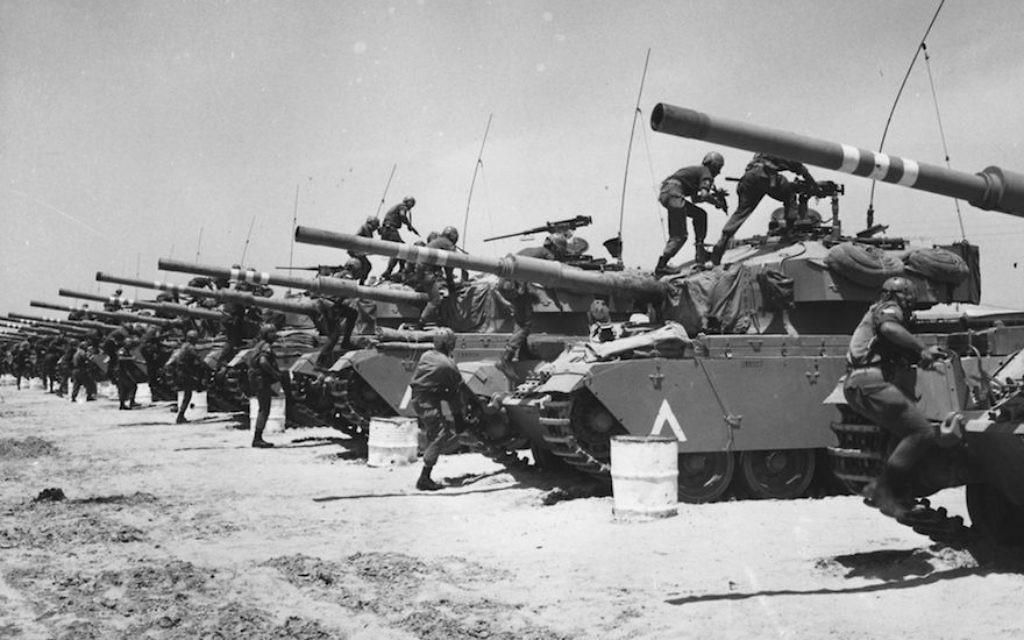
Back in the 1990s, among American Jews lamenting the community’s demographic downfall, some were entirely secular or disconnected from the faith.
The literary critic Leslie Fiedler wrote about “The Two Holocausts,” controversially calling himself “the last Jew in America.” His writings included “The Jew in the American Novel” and “Fiedler on the Roof: Essays on Literature and Jewish Identity,” published in 1991.
“Not one of my own eight children has, at the present moment, a Jewish mate; nor for that matter do I,” wrote Fiedler, neither of whose two marriages was to a Jew.
“In any case, there is no one to say kaddish for me when I die,” wrote Fiedler. “I am, in short, not just as I have long known, a minimal Jew — my Judaism nearly non-existent — but, as I have only recently become aware, a terminal one as well, the last of a four-thousand year line. Yet, whatever regrets I may feel, I cannot deny that I have wanted this, worked for it.”
‘How could you stand by and let that happen?’
In November of 1991, thousands of Jewish leaders from around the world converged on Baltimore for the 60th General Assembly of the Council of Jewish Federations. The gathering’s highlight was an unprecedented seven-and-a-half hour symposium on the issue of intermarriage.
It wasn’t only Orthodox leaders who were concerned about the NJPS statistics. Jewish leaders from every denomination buzzed about the “52% intermarriage” statistic during the six-day gathering, as reflected by comments made during the symposium.
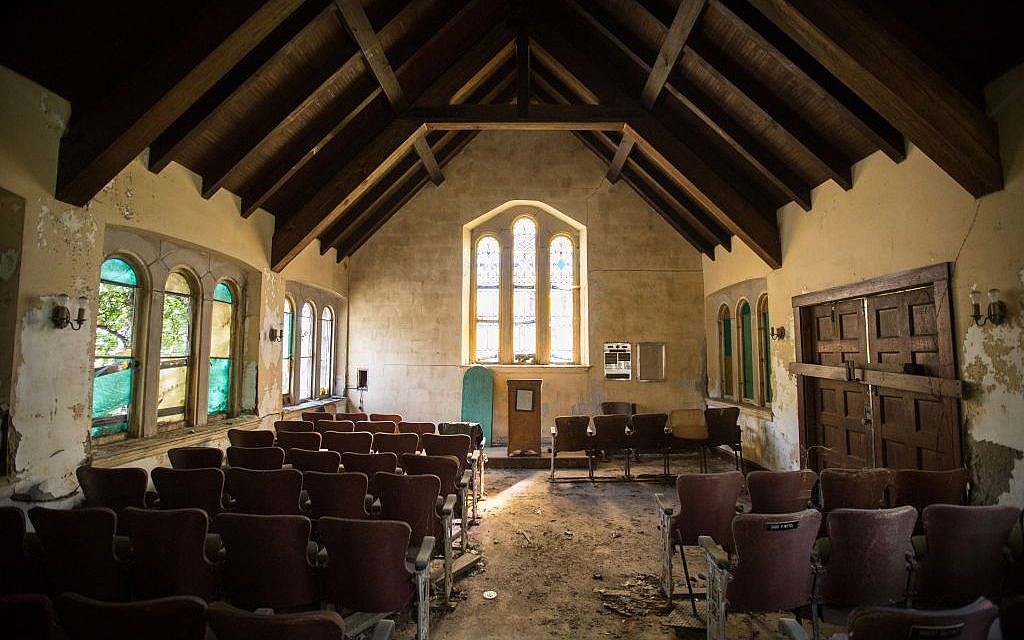
“If we don’t do anything about [intermarriage,] then our grandchildren will say to us the same things we said to [American] Jews of the 1930s: ‘How could you stand by and let that happen?’” said David Sacks of New York’s United Jewish Appeal.
In addition to the 52% intermarriage rate, an NJPS statistic making the rounds involved raising Jewish children. According to the study, only 28% of the 777,000 children in intermarried families were being raised as Jews. Israeli prime minister Yitzhak Shamir was on the agenda to talk about peace that week, but most people wanted to talk about the statistics.
“For years, we’ve been shaking our heads about intermarriage and saying, ‘Ain’t it awful!’ Now we have the hard statistics to help move us into action,” said Helene Berger, co-organizer of the symposium on intermarriage.
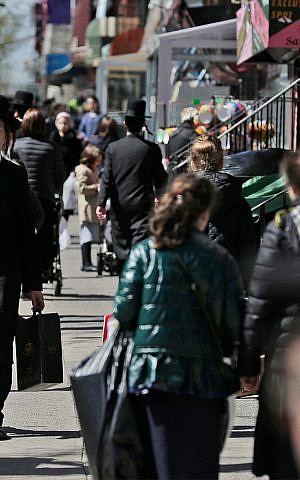
Nearly 30 years after its release, the 1990 NJPS study is seen as a watershed moment in American Jewish history. Many institutions deepened outreach to what are now called interfaith families, as opposed to intermarried. Programs including Birthright Israel were launched in response to the study, some of whose bleakest predictions have yet to pass.
“The greatest impact of the NJPS may have been on the self-image of American Jews,” wrote researcher Benjamin Phillips of the study’s long-term resonance.
“To peruse Jewish newspapers and magazines of the 1990s is to see the 52% statistic cited by an astounding number of articles and op-eds, almost always in terms of shock and dismay. American Jewry went from a community that was appreciating its successful rise to the upper echelon of socioeconomic status to one that was concerned about its very survival,” wrote Phillips.
‘This is a spiritual Holocaust’
Some other Jewish leaders touting the “second Holocaust” notion have done so in complex ways. Possibly chief among them, rabbi Ephraim Buchwald of the National Jewish Outreach Program said a “silent Holocaust” was taking place among American Jews, but the process had less to do with assimilation than the community’s obsession with the Holocaust itself.
“We’ve reached the absurd point where the only feature of Judaism with which our young Jews identify is that of the Jew as victim — murdered, cremated or turned into a lampshade. Is there no joy in Jewish life? Is there no balm in Gilead? No wonder our young Jews are turned off and walking away from their heritage,” wrote Buchwald in a well-circulated essay called, “The Holocaust is Killing American Jews.”
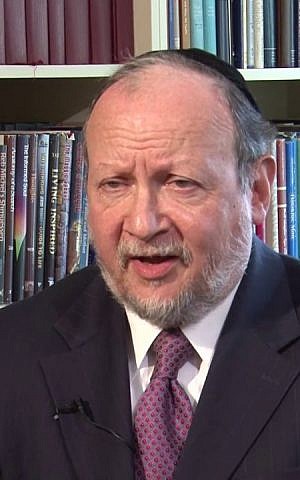
Intoned Buchwald, “Two million American Jews no longer acknowledge being Jewish. One million American Jewish children are being raised as non-Jews, or with no religion at all. And 625,000 Jews or their children have converted out of Judaism… Jews as a group are drifting away from their religion,” he wrote.
Known for launching “Shabbat Across America” and other successful outreach programs, Buchwald said “the continuing Jewish obsession” with the Holocaust was helping Hitler to “emerge victorious.” The “silent Holocaust” had already claimed nearly two-thirds of America’s six-million Jews, he wrote, primarily through the erosion of the Jewish people’s spirituality.
“There are no barking dogs, no Zyklon-B gas… but make no mistake: This is a spiritual Holocaust,” wrote Buchwald. “…Right now what seems to be the priority is building Holocaust memorials.”
For his part, demographer Sidney Goldstein painted a less bleak picture based on the NJPS findings. In essence, he wrote that the quality of Jewish life was just as important as quantifying the number of Jews.
“Stability of numbers, or even declining numbers, need not constitute a fundamental threat to the maintenance of a strong Jewish community and to high levels of identity,” wrote Goldstein, “although the impact of size is clearly more relevant on the local than national level because of the need for sufficient Jewish population density to allow a vital Jewish communal life.”
As reported by The Times of Israel
